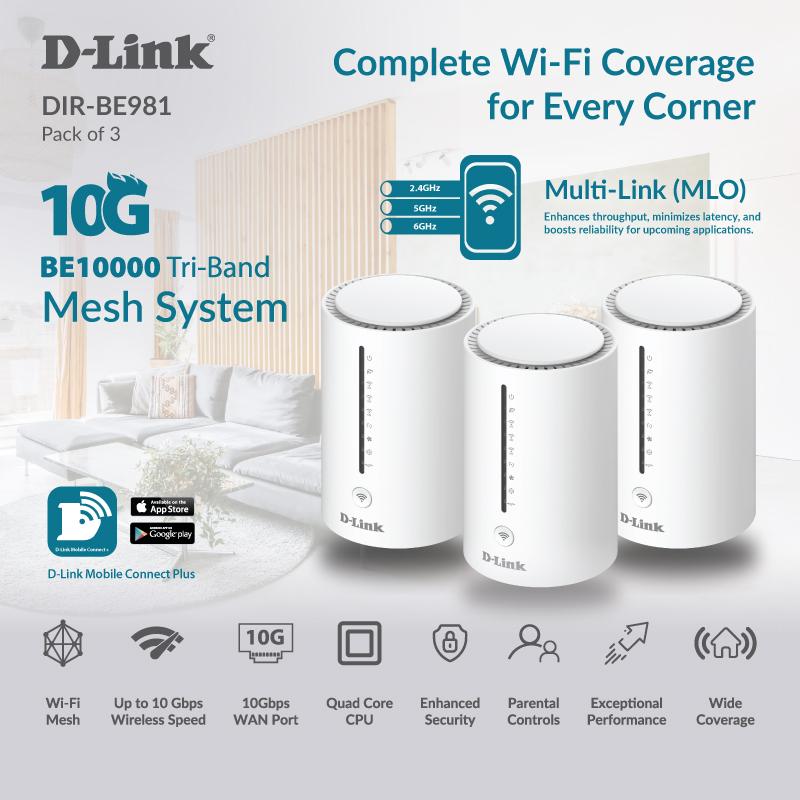
Katlego Motlafe, Senior Security Consultant at E-7Cyber
In conversation with CXO DX, Katlego Motlafe, Senior Security Consultant at E-7 Cyber, discusses the company’s flagship data privacy solution BlindSpot, how it addresses a crucial gap in traditional DLP systems, and its growing presence across the Middle East.
Tell us about your suite of solutions and the key focus areas for E-7 Cyber.
Our primary focus is cybersecurity, and our flagship product is BlindSpot. BlindSpot comes with five key feature licenses that together form a comprehensive suite for data protection. These include watermarking on files, which embeds traceable identifiers within documents; watermarking on screens, which displays customizable user details on the active display; and watermarking on printed files, which reveals hidden identifiers only after printing. In addition, BlindSpot offers screen control, ensuring that sensitive applications remain invisible during screen sharing, and application control, which allows organizations to block or restrict the use of unauthorized programs. Together, these five components make up the complete BlindSpot suite, delivering robust visibility, control, and accountability across every layer of user interaction.
Watermarking on screen attaches a visible watermark to your computer display. Whatever activity occurs behind that screen will carry the watermark. It’s highly customizable; you can include details such as IP address, username, computer name, or even your company logo.
Watermarking on files applies to various file types, PDFs, Word documents, Excel files, and more. When the file is opened, the watermark appears on the file background.
Watermarking on printed files is a little different; it’s not visible on-screen but appears only when the document is printed.
These three types of watermarking can be applied based on specific use cases, including to selected applications such as an HR or CRM system, rather than across the entire desktop environment.
Could you elaborate on the screen control and application control features?
Yes, screen control is especially useful during online meetings when sharing your screen on platforms such as Teams or Zoom. Sometimes, confidential files or applications can appear unexpectedly. Screen control ensures that when you share your screen, any protected or sensitive application remains invisible to your audience.
On the other hand, application control is about blacklisting or blocking specific applications that an organization doesn’t want users to run. You can enable multiple policies, and everything that happens is logged and audited. If someone tries to bypass the security controls, for example, by removing a watermark, you’ll get an alert instantly.
You mentioned that BlindSpot also includes auditing and exception management. How does that work?
Everything done within the system is logged and audited and sent to a central data console. This allows administrators to see who tried to bypass security measures or tamper with watermarking.
We’ve also built in user control for exception requests. For instance, if a user temporarily wants to remove a watermark for a specific reason, they can request an exception. The IT administrators can then approve or reject the request based on the organization’s risk management policies.
How is E-7 Cyber positioned in the Middle East? Do you operate through partners or directly?
We have our own office in Dubai, and we’re also working with regional distributors and partners interested in offering this niche solution. It’s not something that many companies currently provide, but we’re seeing growing demand.
For example, Saudi Arabia has already legislated around watermarking requirements, and we expect many other countries to follow. BlindSpot fills an important gap left by traditional DLP systems, which often don’t have built-in watermarking capabilities.
Can BlindSpot integrate easily with other solutions?
Yes, it integrates seamlessly. BlindSpot is agent-based, installed on the endpoint, and it’s not resource intensive. It works smoothly with other client systems. It’s deployable on Windows PCs, and organizations can host it on a Windows Server if they prefer on-premise deployment.
At present, it’s designed exclusively for Windows, but our R&D department is exploring extending it to other platforms, because, as you know, work today happens across all types of devices.
What differentiates E-7 Cyber from other companies offering watermarking solutions?
We started as a niche company, and while there are now a few competitors offering watermarking features, the combination of capabilities we provide, applying watermarking not just to screens, but also to specific applications and files, makes us unique.
For example, you can apply watermarking to Chrome only, or Outlook only, which is a level of flexibility we haven’t seen elsewhere. Our R&D team continues to listen to user feedback and develop enhancements, including mobile support, to make BlindSpot a comprehensive data privacy solution that any organization can adopt confidently.














